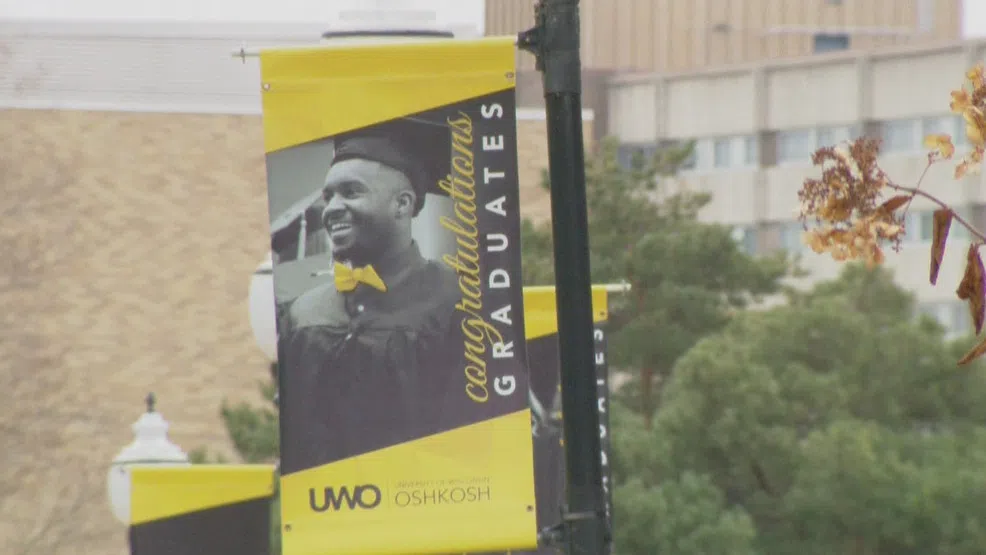OSHKOSH, WI (WTAQ-WLUK) — New research from UW-Oshkosh shows just how powerful the bite force of a young T. rex was.
The new finding, published in the journal Peer J, shows that by the age of 13, the bite force of a Tyrannosaurus rex could already puncture bone.
UW-Oshkosh paleontologist Joseph Peterson and geology alumna Shannon Brink ’20, now a graduate student at East Carolina University in Greenville, North Carolina, teamed with colleague Jack Tseng at the University of California Berkeley to replicate bite marks made in a fossilized dinosaur bone made by a juvenile T. rex.
The researchers made a metal replica of a scimitar-shaped tooth of a 13-year-old juvie T. rex, mounted it on a mechanical testing frame and tried to crack a cow leg bone with it.
Based on 17 successful attempts to match the depth and shape of the bite marks on the fossils, they determined that a juvenile could have exerted up to 5,641 newtons of force, somewhere between the jaw forces exerted by a hyena and a crocodile.
That compares to the bite force of an adult T. rex at about 35,000 newtons, or the biting power of humans at 300 newtons.
Bite force measurements can help paleontologists understand the ecosystem in which dinosaurs—or any extinct animal—lived, which predators were powerful enough to eat which prey, and what other predators they competed with.
The study reveals that juvenile T. rexes, while not yet able to crush bones like their 30- or 40-year-old parents, were developing their biting techniques and strengthening their jaw muscles to be able do so once their adult teeth came in.
“This actually gives us a little bit of a metric to help us gauge how quickly the bite force is changing from juvenile to adulthood, and something to compare with how the body is changing during that same period of time,” UW-Oshkosh paleontologist Joseph Peterson said. “Are they already crushing bone? No, but they are puncturing it. It allows us to get a better idea of how they are feeding, what they are eating. It is just adding more to that full picture of how animals like tyrannosaurs lived and grew and the roles that they played in that ecosystem.”
Peterson and Brink’s work at UWO was supported by a collaborative grant from the Office of Student Research and Creative Activity.









